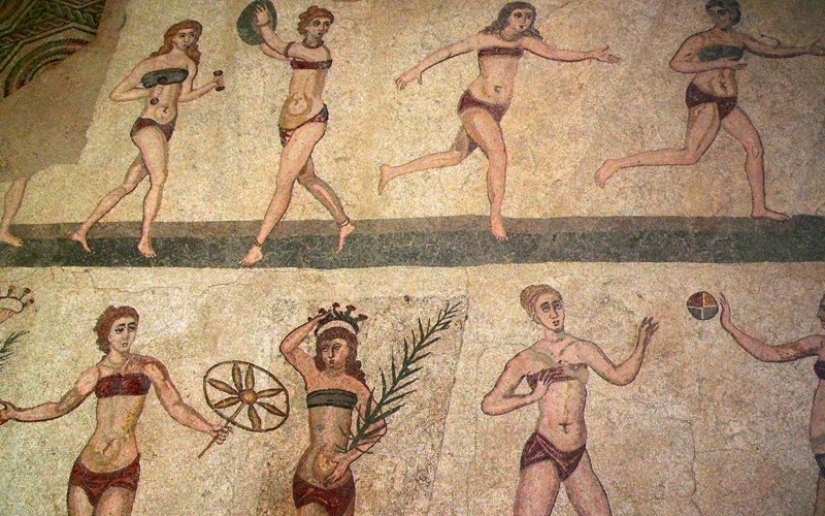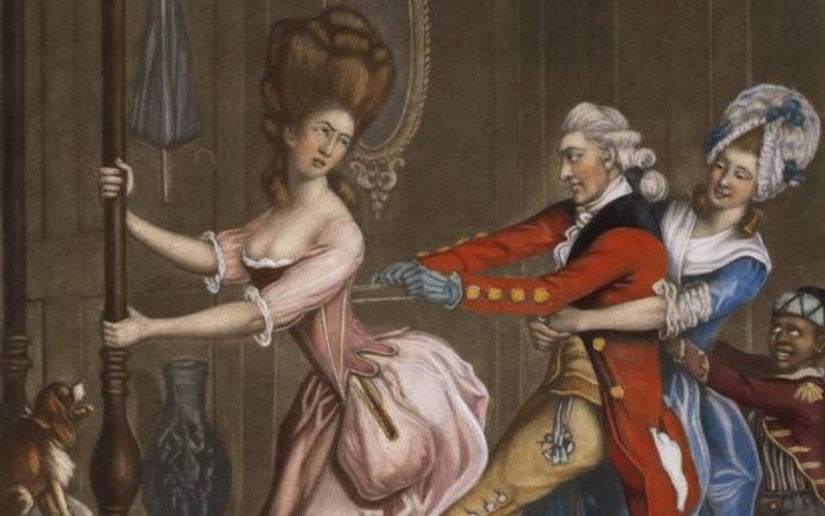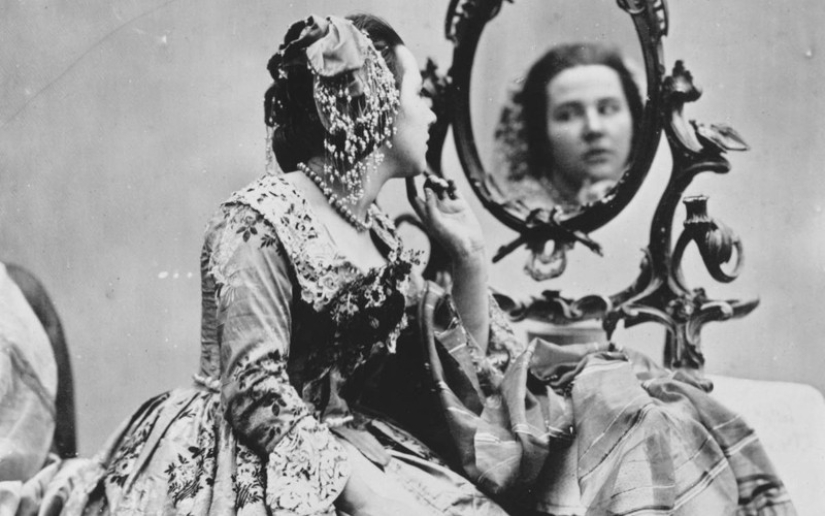Taking it to the chest: a global history of the bra
The first official patent for a bra was received on September 3, 1914. The author of this remarkable invention was a woman - progressive American Mary Phelps Jacobs. Getting ready for another social event, Mary resorted to trickery and made an alternative to the usual corset from two elastic bands, which was destined to become the first bra.

But the history of this remarkable item of women's clothing does not begin with this event. Clothing for women's breasts has existed since ancient times and has always fulfilled not only aesthetic but also practical functions. Breast support has been a problem for women at all times. Our historical research is devoted to the cultural traces of bras in the history of the world.

No matter how much they say that the first bras were invented in Ancient Egypt, studies claim that such an item of clothing was unknown on the banks of the Nile. Women from the common people preferred to go topless, and noble ladies hid their charms under spacious tunics and chitons.

During the Bronze Age, the Minoan culture on the island of Crete had many symbols associated with the female breast as a symbol of fertility. Statues of the mother goddess usually had open breasts, and earthly women imitated her in everything. Historians say that Cretan women tied their breasts at the bottom, but did not cover them completely.

The culture of Ancient Greece is considered to be exemplary in many ways, but what it definitely did not have was push-up bras. Noble women wore spacious tunics, not restricting their assets in any way. Only a few female warriors tied their breasts with tight ribbons. The legend of Amazon women tells of such an unpleasant procedure as burning the right breast in order to make it easier to shoot a bow.

It is well known that female athletes in Ancient Rome tied their chests with tight bands so that they would not interfere with exercise or horse riding.

Chinese fashion was very conservative, and had a clear predilection for suppressing everything feminine. Chinese women carefully hid their breasts under wide linen bands called "dudu". They became the prototypes of corsets, as they pulled in not only the breasts, but also the stomach.

In the Middle Ages there was no clearly defined attitude towards women's breasts, but petite ladies of high society had a clear tendency to have none, which eventually resulted in a fashion for petite, boyish forms. Large breasts and wide hips became a sign of commoners, and the rest had to tighten the excess into tight corsets, which by then had become an everyday item of women's clothing.

The fashion for boyish silhouettes required more and more corsets. Curiously, this became a good business for whalers, as the best corsets were made on a whalebone frame. The hourglass figure became a symbol of beauty for many centuries, and echoes of this fashion are still noticeable today.

The Great French Revolution, among other freedoms, also brought emancipation for women. The revolutionaries wanted, among other things, a new fashion, free from the prejudices of the past. Women stopped hiding their breasts under corsets and began to wear deep necklines. At the same time, women from the lower classes tied their breasts with ribbons for convenience, including in order to wear men's clothes, which were fashionable at that time.

The Puritan traditions of the 19th century were not very kind to women's freedom. Particularly nervous young ladies were treated in psychiatric hospitals, and freedom of the breasts was out of the question. The code of conduct prescribed women to wear shapewear both day and night, and a décolleté was out of the question.

In Great Britain, during the reign of King Edward VIII, a women's movement for their rights began, among which the right to wear comfortable clothes occupied a significant place. As an argument, weighty arguments were made about the harmfulness of corsets and the deformation of internal organs that they caused. Thus, at the end of the 19th century, there was a real explosion of inventions of new types of women's underwear that did not cause harm and were much more comfortable than anything that the human mind had invented before.

Mary Phelps Jacobs's epochal invention occurred in 1914 and became the embodiment of millennial hopes and aspirations of women all over the world. She called her invention a "backless corset" and made it from two handkerchiefs and elastic bands. The idea came to the girl when she was trying on a dress with an open back, getting ready for another social event.

By the start of World War II, the consumer industry had already mastered many bra designs, but the garment remained a very niche product. The breakthrough came with the official adoption of bras as a uniform for female soldiers, which greatly helped to boost morale among the military.

After the war, there was a real explosion of interest in intimate clothing. Hundreds of designers began developing new models, and companies offered a variety of styles - from maternity bras to the first models with underwire or ugly bras with a wire frame.

Despite the fact that fashion historians have repeatedly predicted the death of this item of clothing, interest in bras shows no signs of abating.
Recent articles

The formation of Russian names occurred centuries under the influence of many factors and cultures. Despite this, our imenoslov ...

German photographer Dietmar Eckell is the author of the pictures he takes at the crash sites. However, the plane crashes, the ...

The number of urban legends generated by human imagination in recent years has been enormous. Some of them are invented from ...